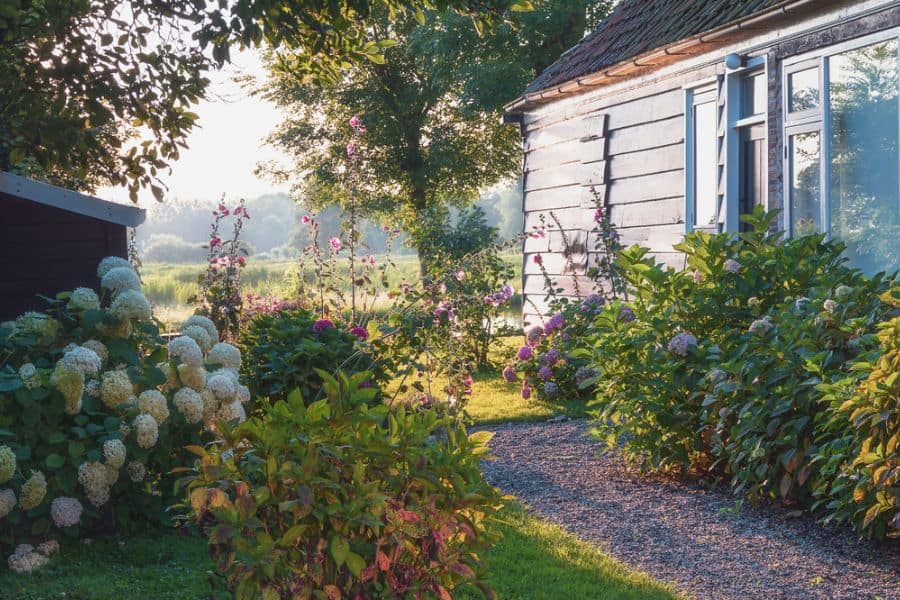
70 Shade Garden Ideas
In the enchanting realm of horticulture, where dappled sunlight weaves its magic, shade garden ideas emerge as a verdant oasis of creativity and tranquility. In the world of gardening, there’s a fascinating realm waiting to be explored beneath the cool, leafy canopy—the shade garden. This verdant sanctuary is where the subtle play of shadows and the lush embrace of foliage come together to craft an inviting tapestry of green serenity.
Shade gardens, with their subtle charm, provide an artistic canvas for gardeners to craft unique botanical masterpieces. From the soothing respite they offer during scorching summers to their inherent ability to turn even the dimmest corners into lush retreats, shade garden ideas are a testament to the captivating allure of the understory. Whether you have a petite urban balcony or a sprawling woodland landscape, the possibilities for creating a stunning shade garden are as diverse as the plants that thrive in these low-light conditions.
In this article, we embark on an inspiring journey through a myriad of shade garden ideas. From selecting the perfect shade-loving plants to designing harmonious layouts and incorporating eye-catching accents, we’ll unravel the secrets to transform your shaded nooks into enchanting, verdant sanctuaries. So, let’s delve into the world of shade garden ideas and uncover the wonders hidden beneath the leafy canopy.
See more about - 80 Vegetable Garden Ideas
Table of Contents
1. Embracing Shade Garden Ideas in Your Backyard
A shady backyard is a perfect place for relaxing with a cool drink on a hot day. It’s also a great place for growing plants. You just need to choose the right plants that can thrive with the amount of sunlight you have. Sit in your backyard and determine how much sun each area gets throughout the day.
Some areas may get a short time of direct sunlight and then be shaded throughout the rest of the day. Other areas may get light to heavy shade and never see any real sun. Try planting heuchera; they have tons of bright colors and enjoy semi-shaded areas.
If you struggle to grow plants in the shadiest areas, then lay pavers and turn this area into your sitting area. Now you’re working with your backyard instead of against it.
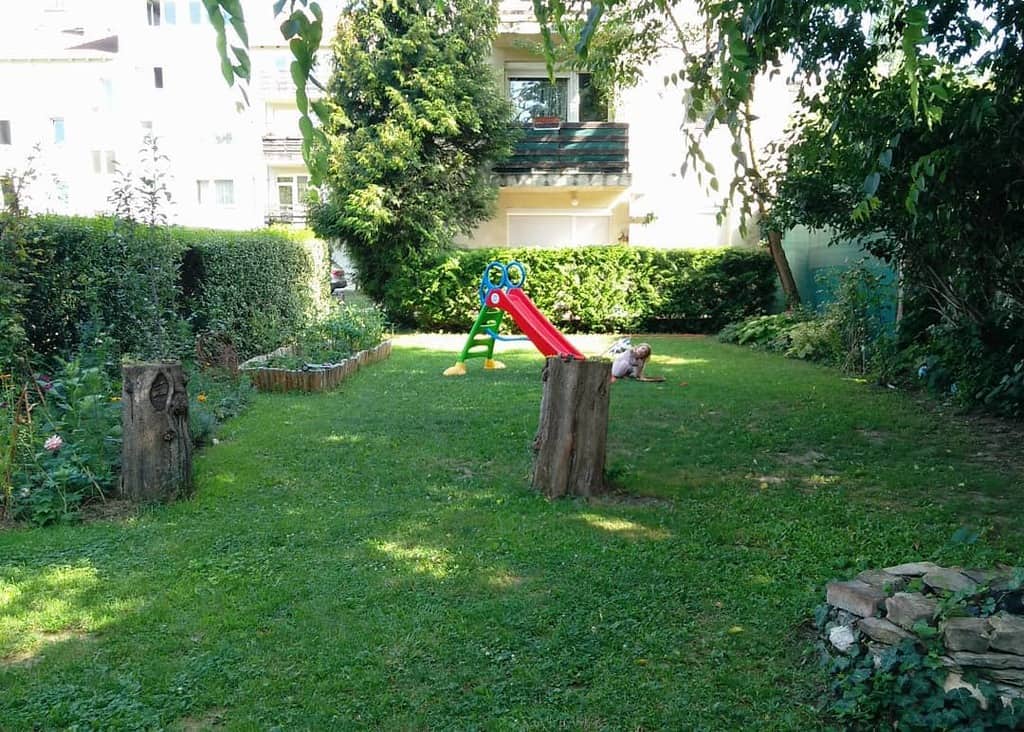
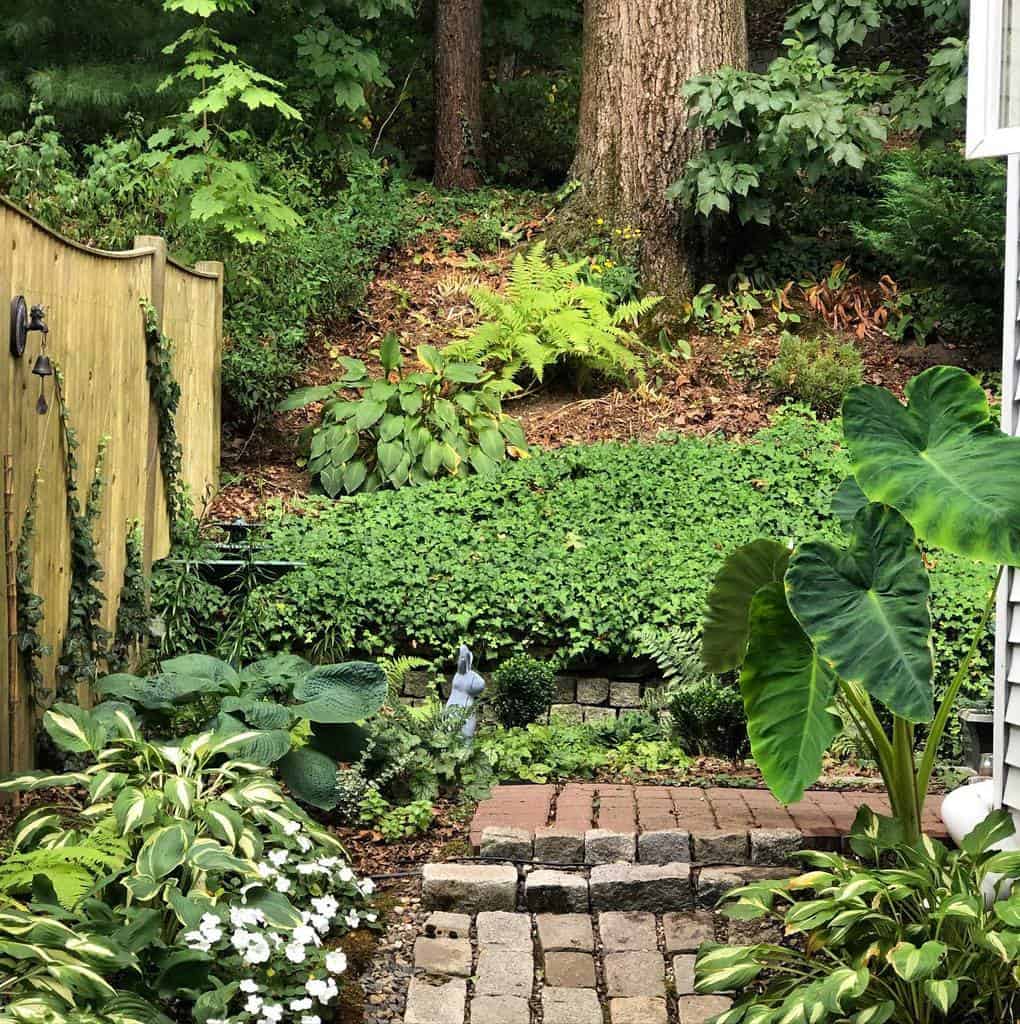
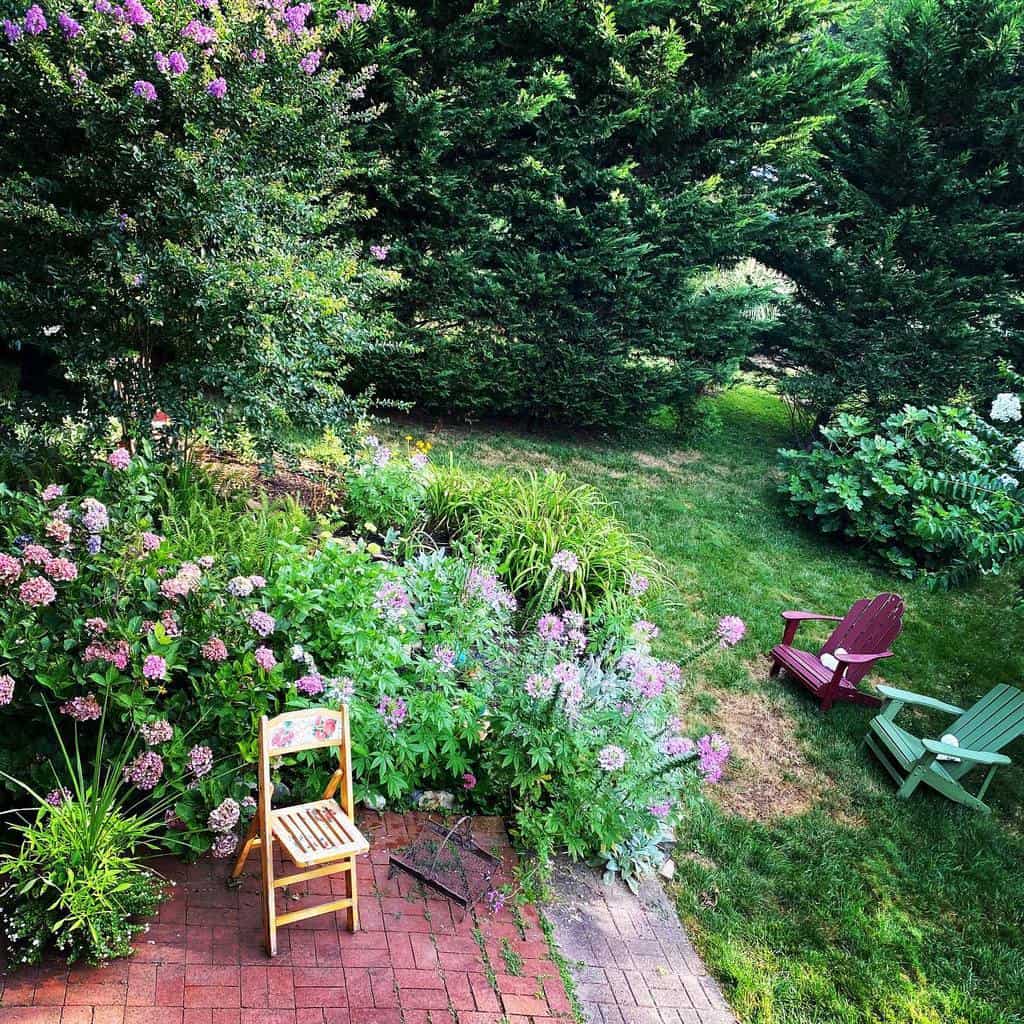



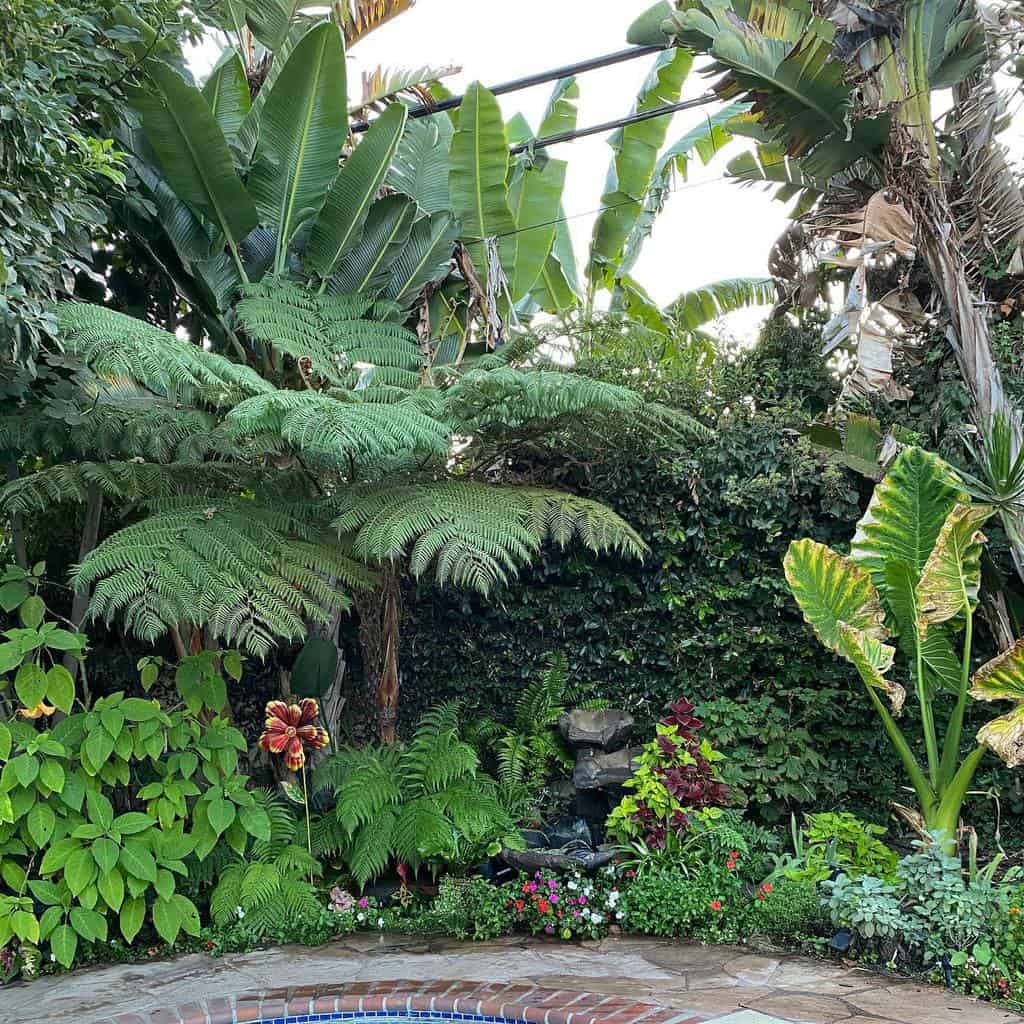
2. The Charm of Cottage-Style Gardens
Turn your backyard into a cottage escape with a stone or gravel path that winds around the trees and bushes. Have a hidden-away spot that’s large enough for a small cafe table and chairs. Choose taller plants for placement around the perimeter that will create a natural barrier. Then arrange shade garden plants underneath the trees and along the walkways.
The result should be a shady garden that isn’t perfectly manicured. Everything should blend together. Choose plants with a wide variety of colored flowers. Scatter them and mix them up to create a beautiful display.
Finish your garden with decorative elements. You could have small figurines or large statues. If you have space, add a water feature, such as a fountain or small pond. The sound of running water will give your cottage garden a natural soundtrack.


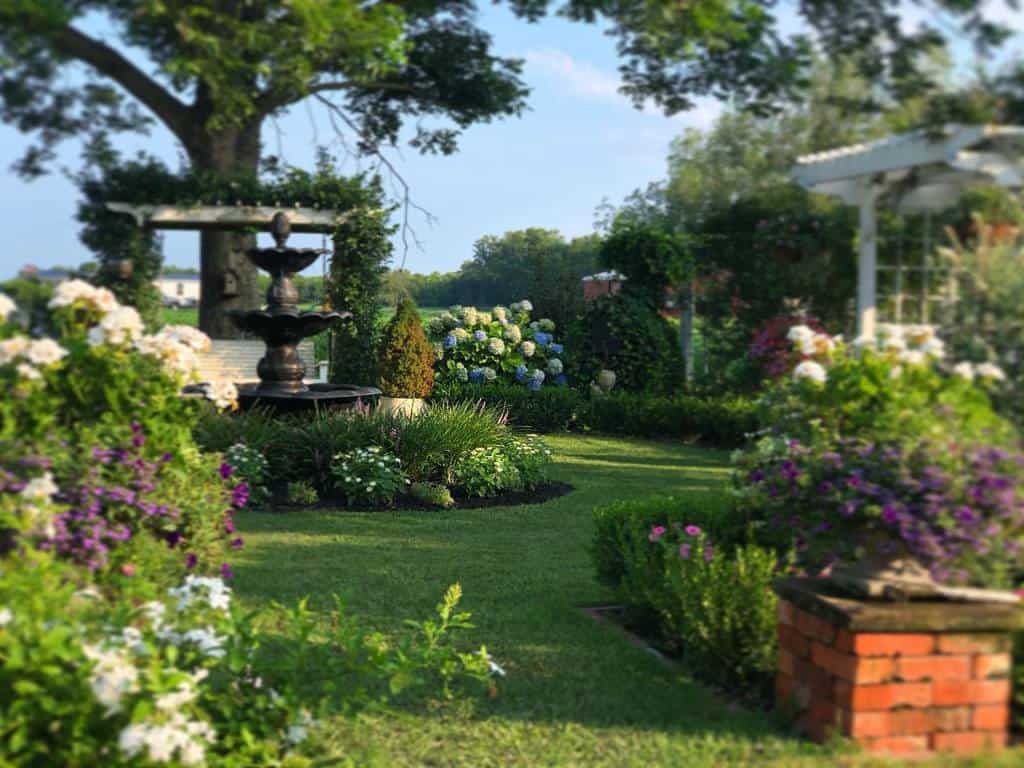
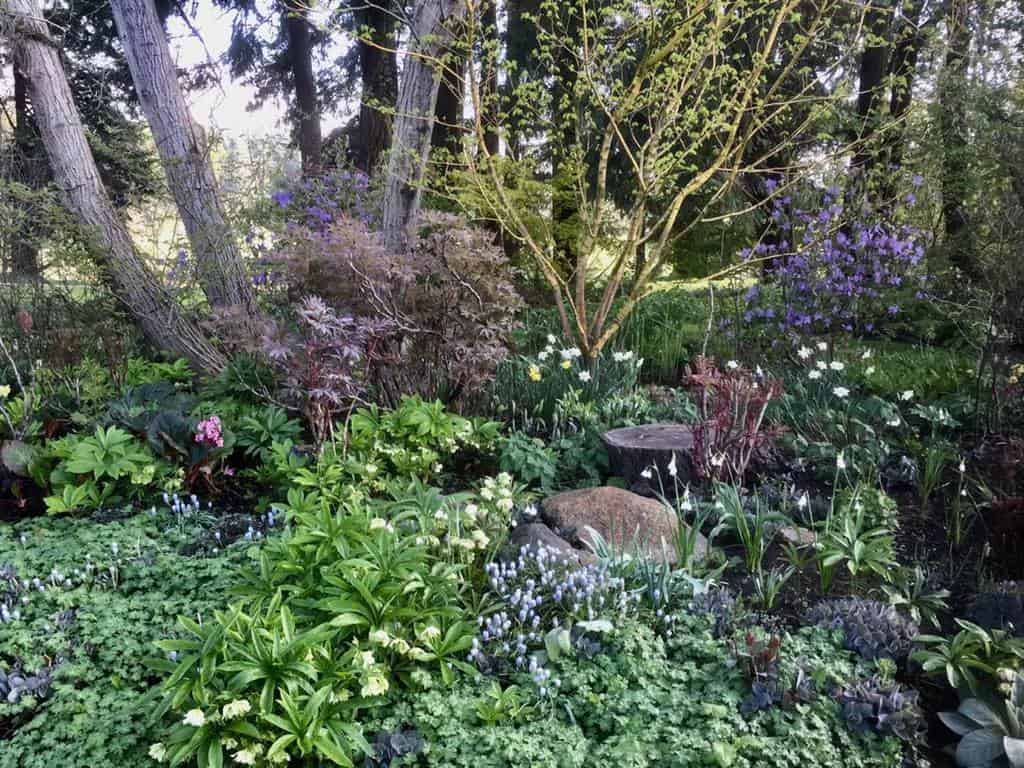
3. Front Yard Elegance
If your front yard has large shade trees, then you may struggle to grow anything under them. Even grass has a hard time finding the strength to grow in partial shade. This is incredibly frustrating, considering that your front yard has a direct influence on the curb appeal of your home.
The trick that makes your front yard a success is to choose flowering plants that thrive in the partial shade. Create landscaping areas around the trees’ base to fill in the most shaded areas. Use this to your advantage by creating plant beds that cover the areas where the grass struggles to grow the most.
Spread mulch out over the plant beds to create a moist growing environment. Then arrange plants that like to grow in moist soil with shade. You could have several individual plants of the same variety to create a ground covering.


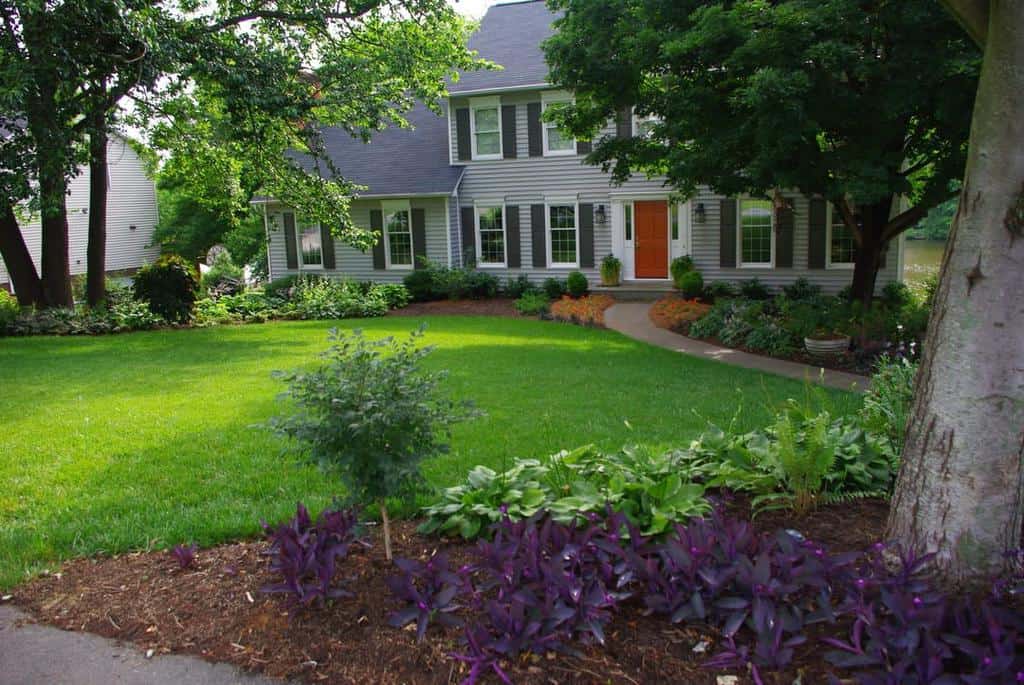
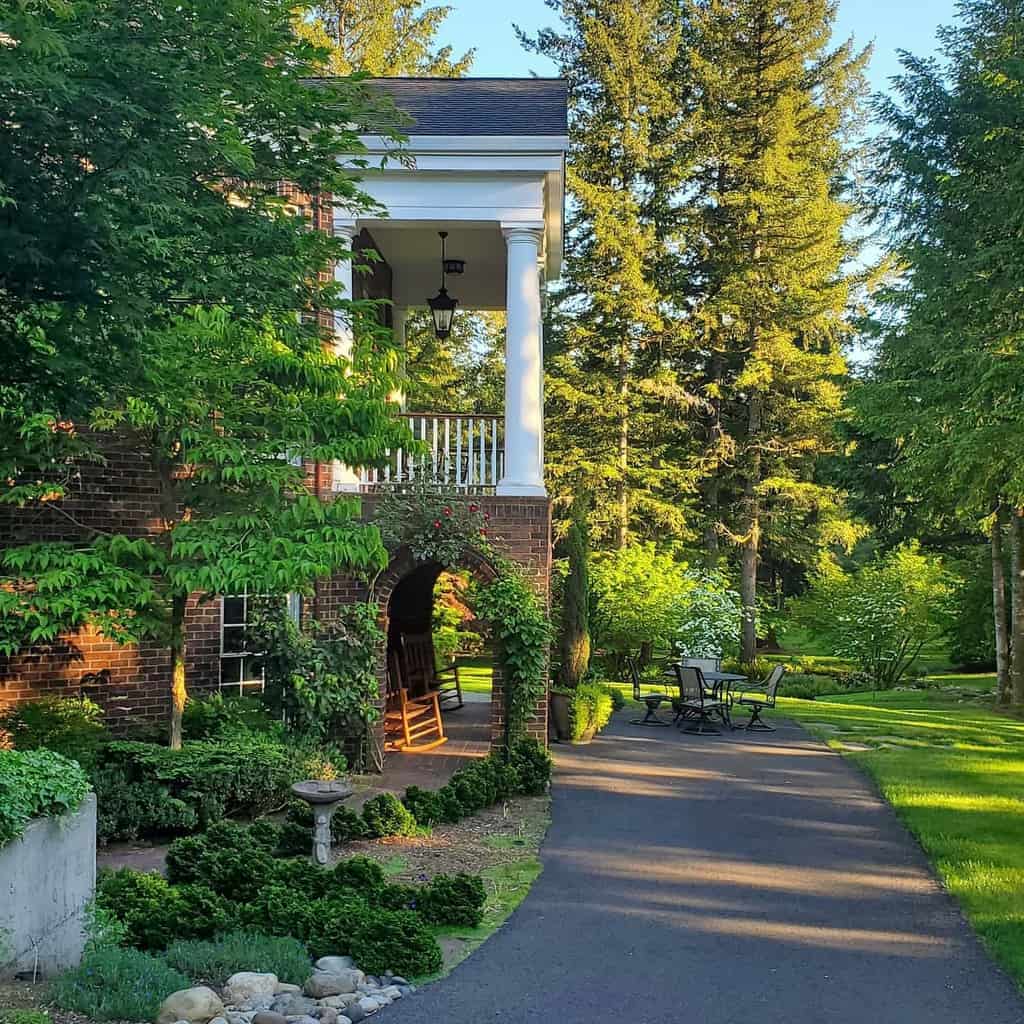
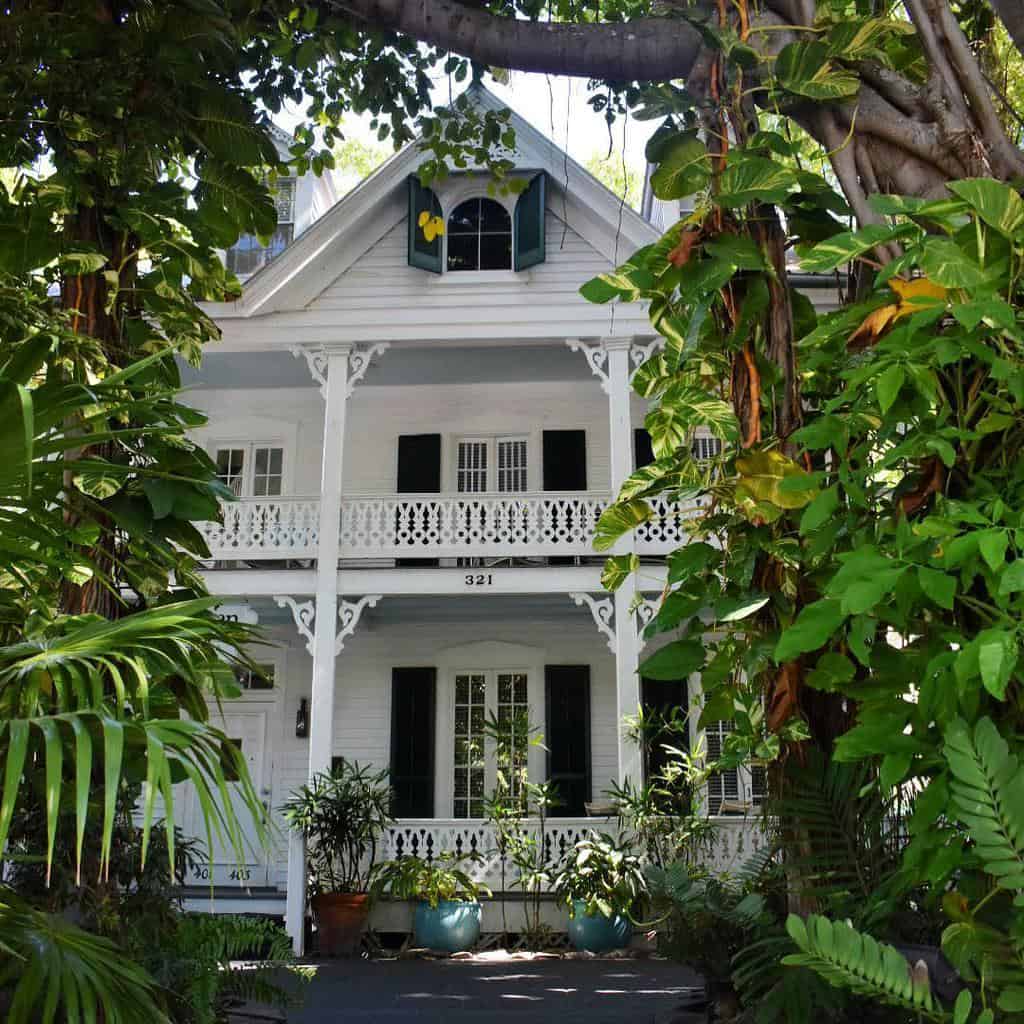
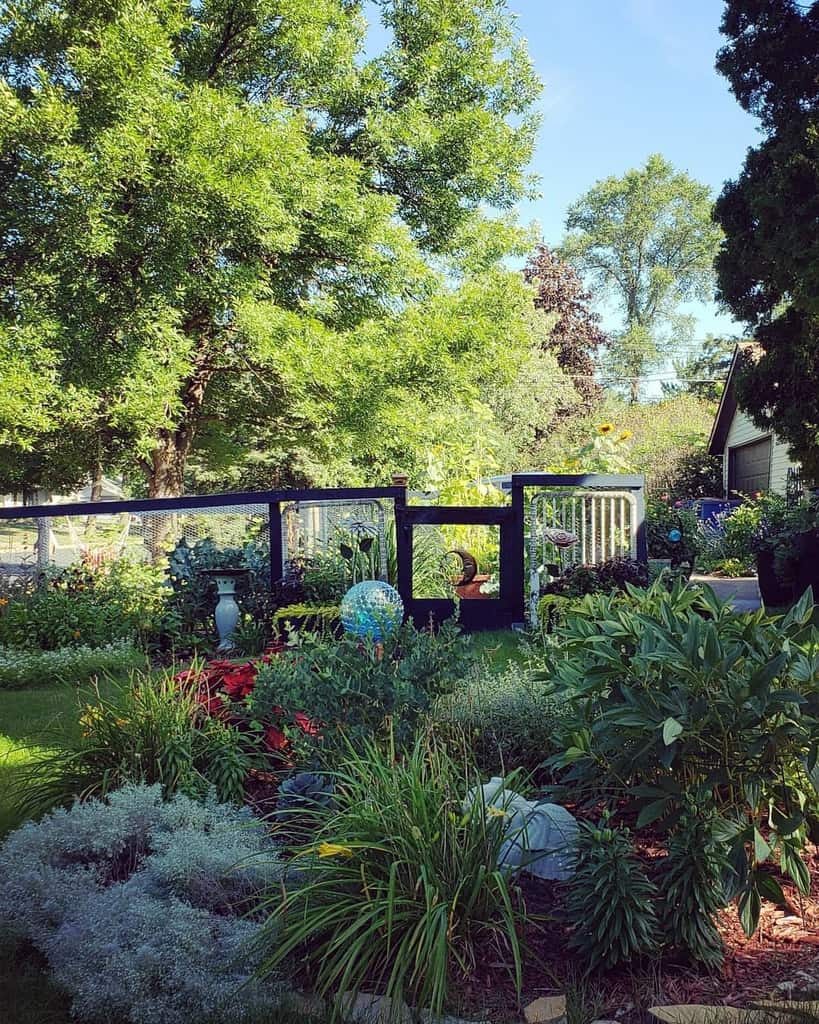
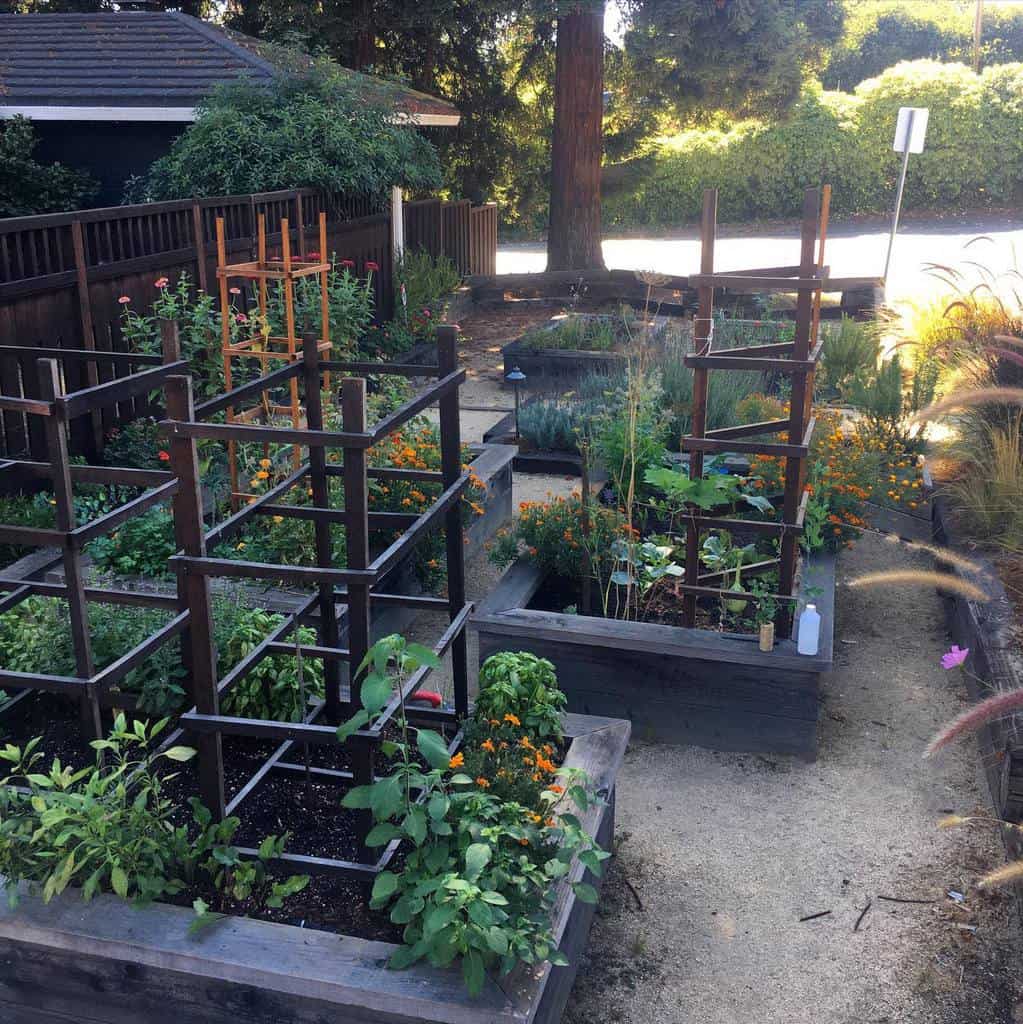
4. Creating Inviting Garden Paths
To fully enjoy your garden, you need to have a path that allows you to easily navigate the area. For a rustic path, you could have pea gravel as your paving material. Something a little nicer would be large stones set into the earth.
To create an elegant path, you could use pavers. Since you have a shaded yard, use moss as your ground cover. It can line the path and grow between the stones like a natural grout.
On either side of the path, arrange foliage plants that flower to create a colorful lining. If you have trouble with drainage, dig a trench and fill it with large pebbles and stones. This creates a natural drainage system to prevent standing water. Without direct sunlight, you won’t have the same evaporation that sunnier yards have.








5. Tranquil Japanese Influences
If you struggle to grow plants no matter what type of plant you try to grow, then a Japanese Zen garden can eliminate the plant problem. Build a sand gravel layer covering the ground. Rake it into specific designs to symbolize water. Place large rocks strategically around the yard to symbolize mountains.
Another great option is a Japanese moss garden. Moss loves humid and shady climates, making this style of garden perfect for your shady backyard. You don’t need a Japanese maple or variegated foliage. All you need is a moss bed and some stones or decorative statues.
You don’t have to turn your entire backyard into a Japanese garden. You can keep it small and only build it where plants struggle to grow the most. Start by pulling out all of the grass and dead plants and creating a mud slurry. Then transplant your moss. It should begin to take hold and thrive, making a soft blanket covering the earth.


6. Artful Landscaping for Shady Retreats
When planning out your shady garden, the best time to do your planting is in the early to late spring. Most of the plants you’ll work with experience a growing season from spring through summer. Planting during this time gives them the best survival rate.
Arrange your plants by their shade tolerance and what will visually look the best. Create levels for visual height. Look for plants that grow to different heights and place the tallest furthest away. Think about the blooms your shade perennials produce. You could group several begonias together for a multi-colored display. Or choose plants with white flowers for a clean and crisp look.
When arranging your plants, think about the amount of light the plant needs and where it will get that in your yard. If a plant loves afternoon shade, you don’t want to put it in a spot that gets tons of afternoon sunlight. Similarly, a plant that likes the dappled sun won’t be happy in a spot that never sees the sun.
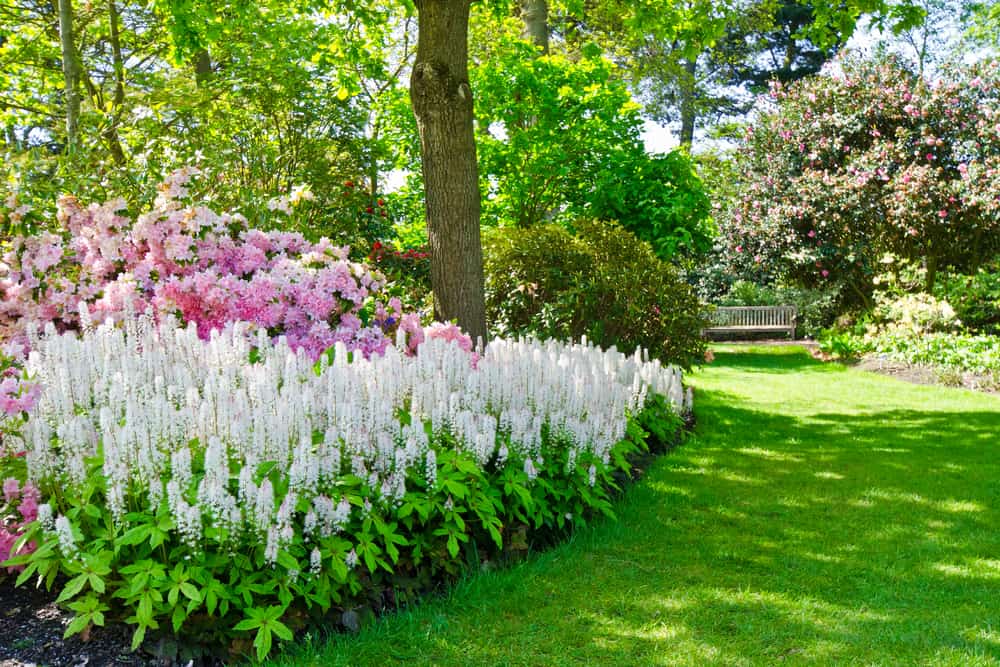
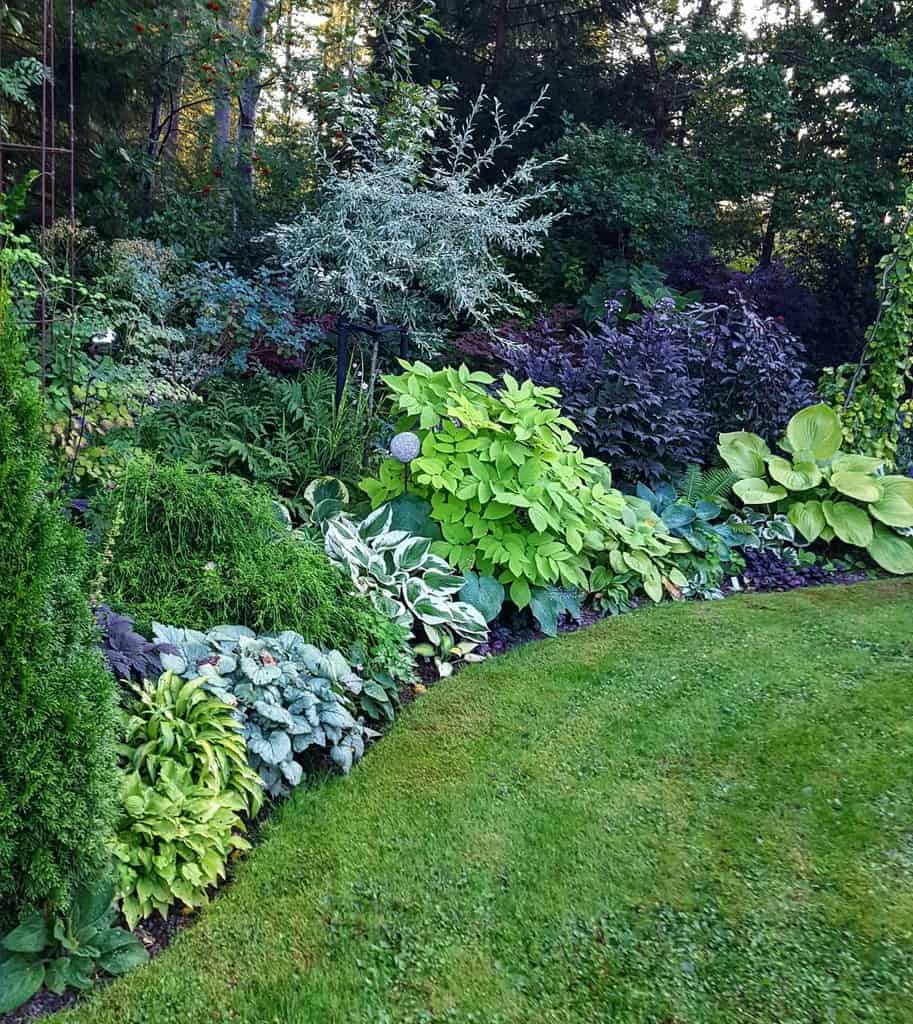


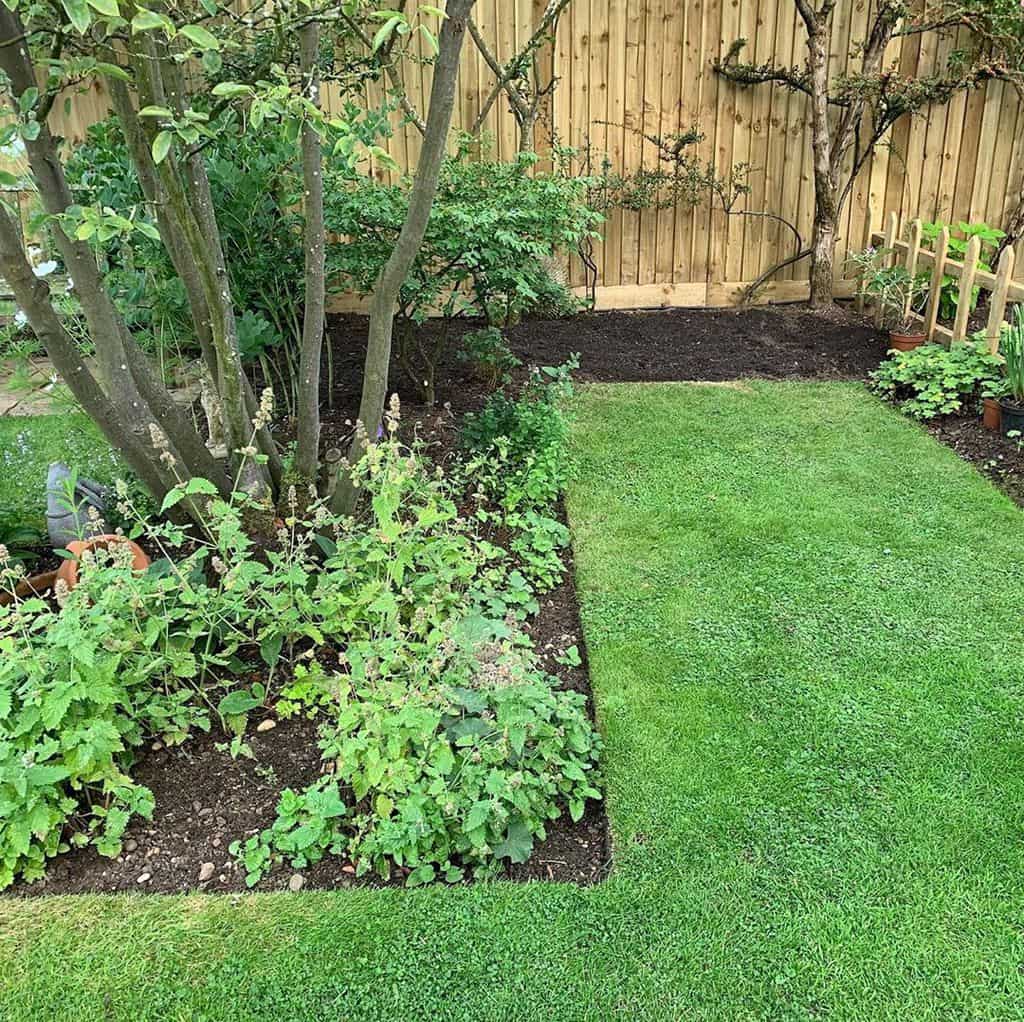

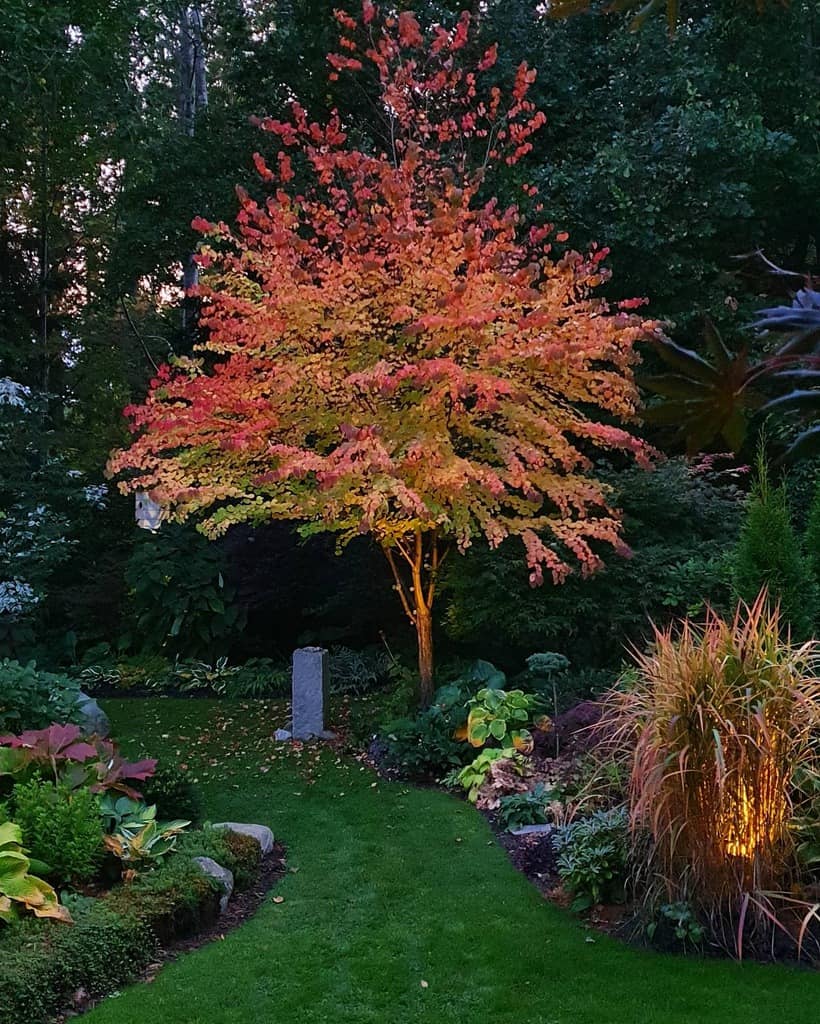

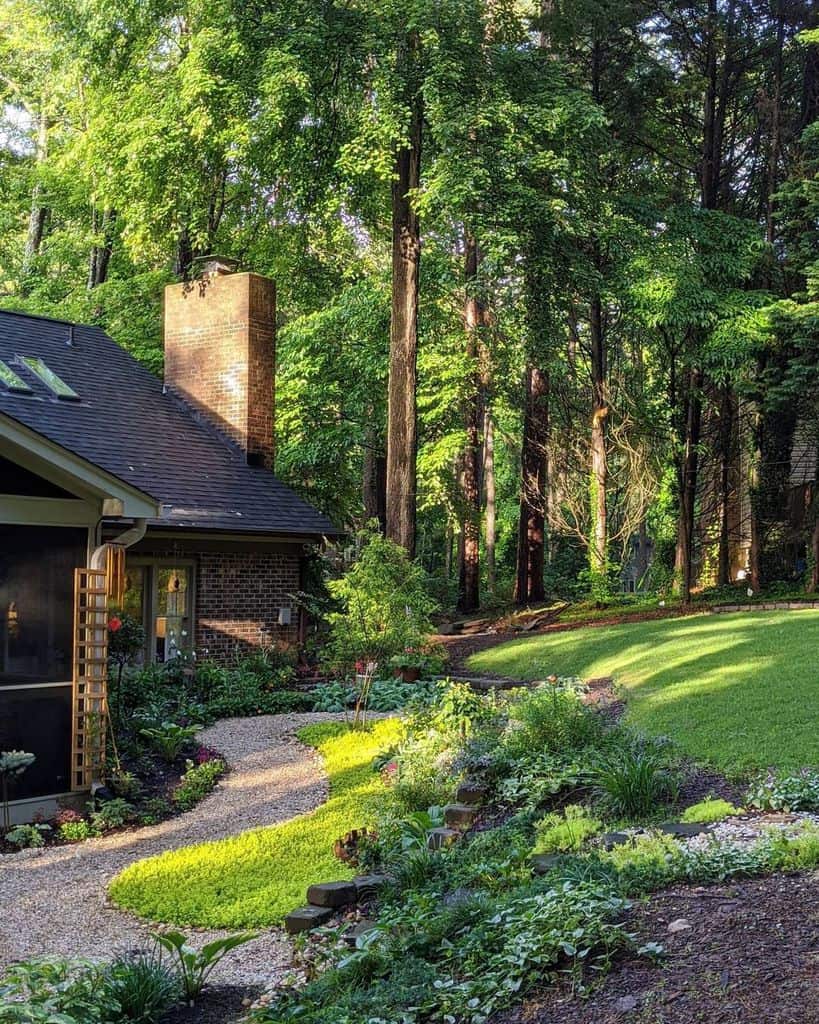
See more about - 85 Vertical Garden Ideas
7. Moss Accents
Perhaps the majority of your backyard gets plenty of sunlight. You just have one spot that seems to suffer from an abundance of shade. Turn that shady spot into a mini moss garden. Moss and succulents love the moist soil and do well in dry shade as they don’t need a lot of rain.
Give your moss garden personality by building up the earth in places, so there are high and low spots. Then place large rocks or stones around. Use moss to cover the ground. If you want to add some height, plant scattered ferns towards the back or place a statue in the center.

8. Relish Outdoor Comfort
Patios are wonderful for giving you an outside living area. However, depending on what side of your home it’s located on, it can experience a high degree of shade. This is because they’re built right off the side of your home. Buildings tend to block the most amount of light, making it difficult to grow plants on your patio.
What you need are pots filled with shade-loving plants to decorate your patio. These shade-tolerant plants won’t mind that they don’t get much face time with the sun. If you want plants that are even lower maintenance, stick with flowering perennials or an ostrich fern. These won’t require you to change them out year after year. They’ll also add plenty of colors and lush greenery to your patio.
Tropical plants can grow happily in large pots. Place these around the perimeter of your patio to create a lush and secluded feeling. You and your guests will enjoy the natural privacy created.

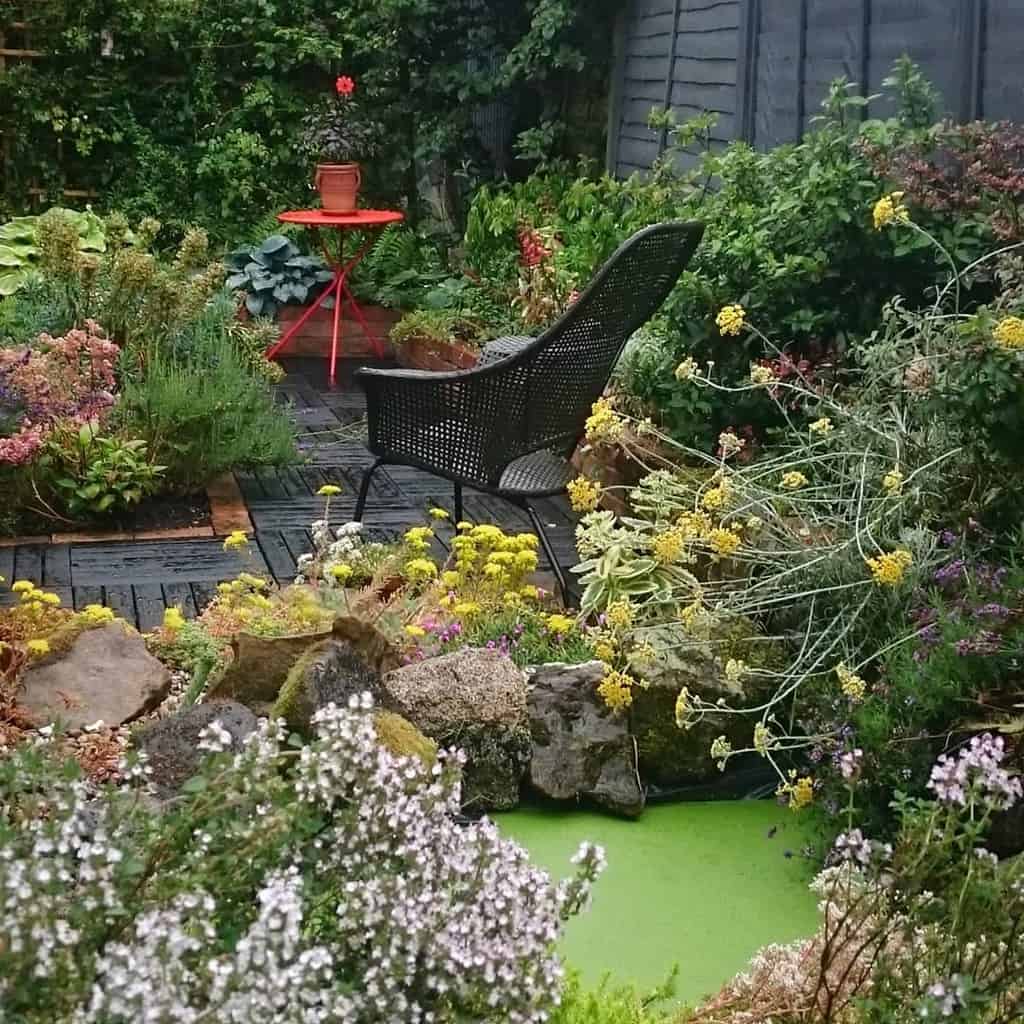

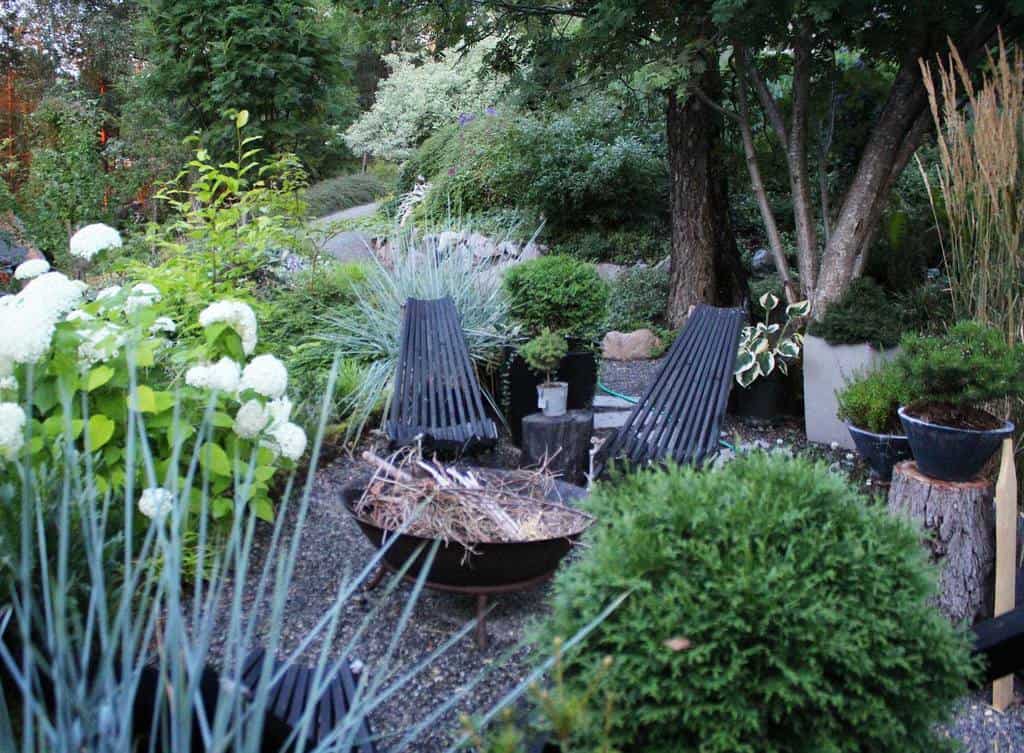

9. Side Yard Transformation
A skinny side yard area tends to get the least amount of light. It’s usually sandwiched between two homes or a fence, which blocks the sunlight from two directions. With the limited amount of mid-day sun, you’re limited on the plants that will grow. Look for plants that want to avoid the full sun, and place them along the side of your home. This will allow them to get plenty of indirect light, but they won’t burn from direct sun exposure.
The easiest way to care for this shady landscape is to keep your plants in pots. Move the pots around your home to find the ideal growing conditions for each plant. Transfer them to larger pots in late spring as they grow. If you want to create a colorful walkway, consider the astilbe. It grows in numerous shades of red, pink, white, and purple.






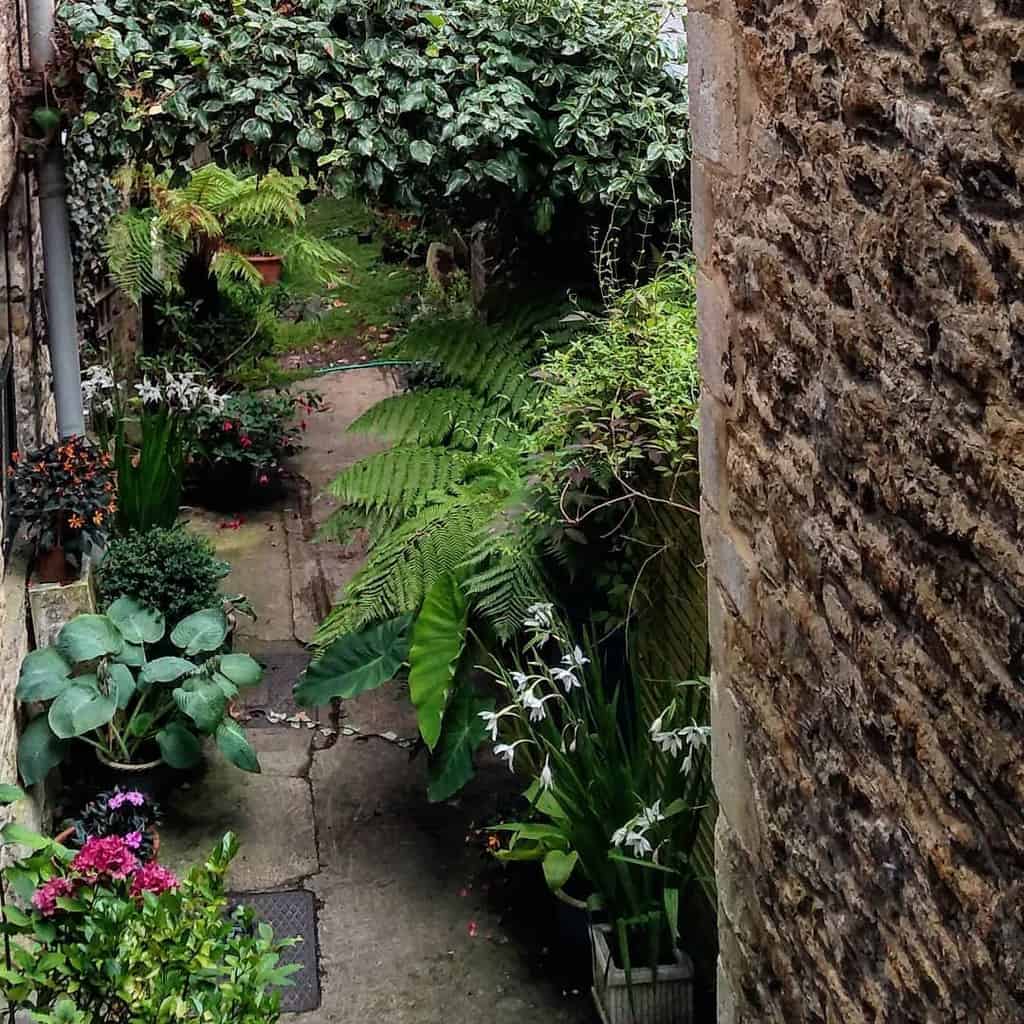
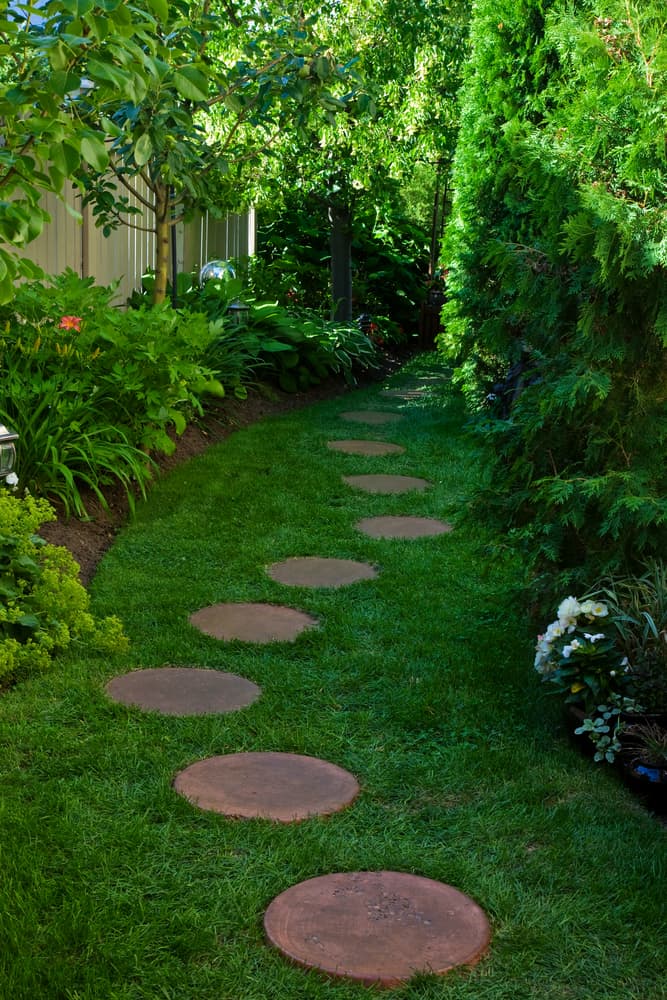
10. Tropical Flair in Shady Gardens
When you think about tropical plants, you immediately think of tons of sunshine. How could you grow a tropical garden in a shady backyard that lacks the sunlight that tropical plants crave? However, not all tropical plants like the bright sun. Some prefer light shade.
Look for the smaller tropical shade plants that grow underneath the larger sun-loving ones. These plants, like the dicentra spectabilis, prefer dappled shade. They grow closer to the ground and underneath the leaves of the larger palms.
Elephant ears are a classic tropical plant that has huge leaves, and yet it loves the shade. These are perfect if you need a plant that will act as a natural barrier and fill in an area with a large height and width. A giant bird of paradise is another shade-loving tropical plant that also comes with the benefit of colorful orange and purple flowers.

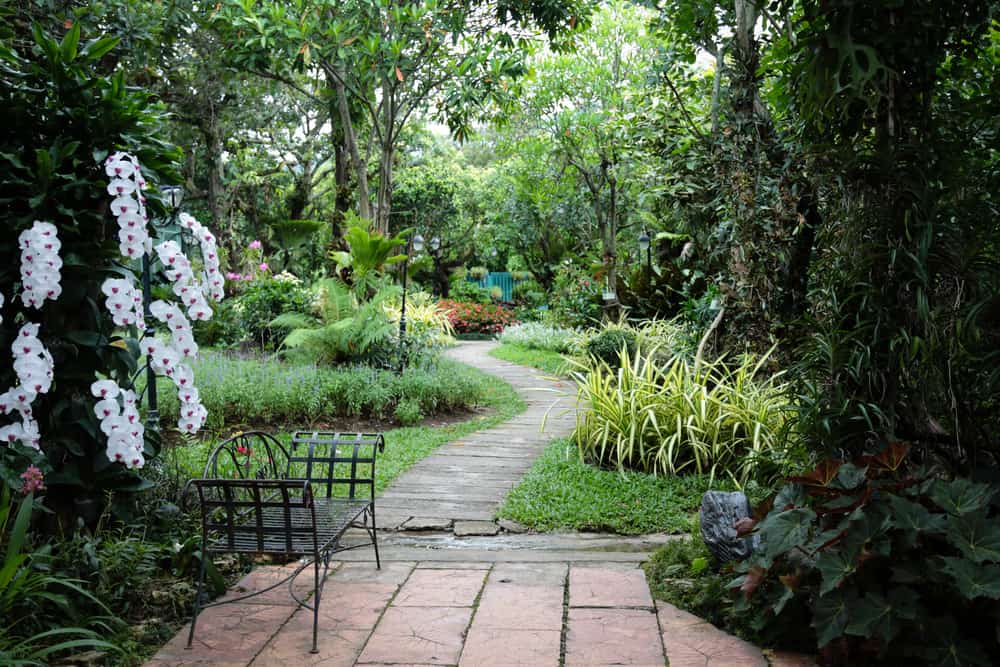




11. Water Features in the Shade
Adding a water feature to your garden gives it a unique look and sound. If you don’t have a lot of room, then stick with a small self-contained fountain. Slightly larger patios and backyards can have a larger water feature that’s a small pond. Build up around it with stones to create a waterscape feature.
Large backyards can support a full pond. This is perfect if you want to have goldfish or koi. Build up around the water with moss and succulents that will enjoy the moisture-rich environment and lack of sun. Construct a small decking area around one portion for a sitting area. For a creative touch, build a bridge over the pond or have a large stone path walkway through the middle of it.

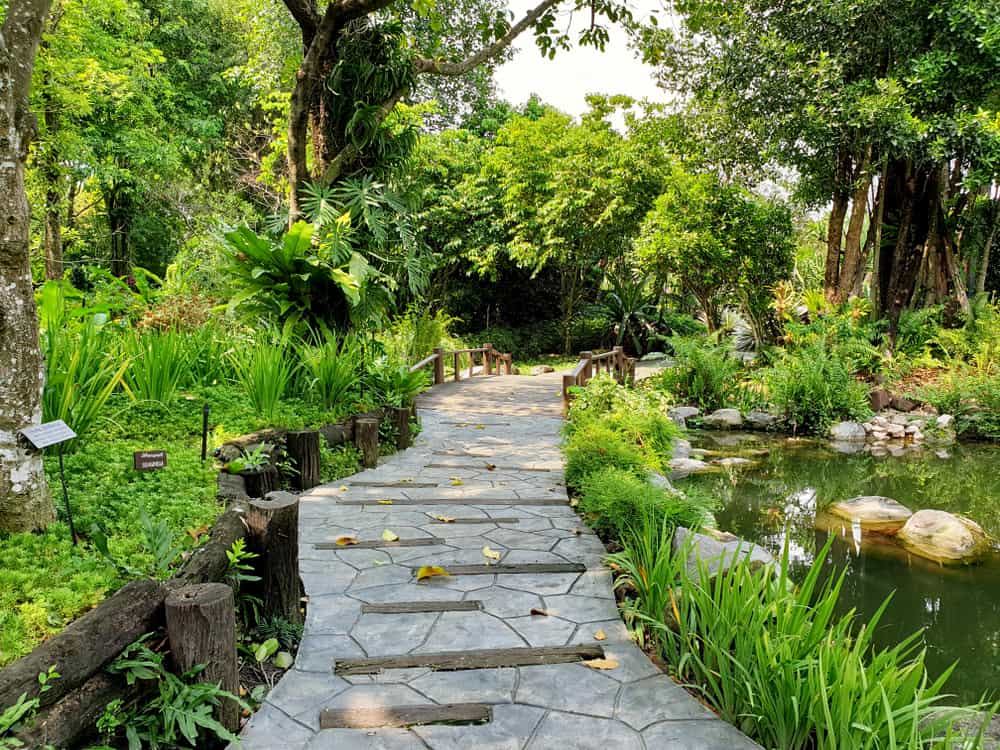



12. Discovering Enchantment in Woodland
If you have several tall trees in your yard, you’re probably contending with deep shade. Embrace the dense shade and pine trees and other large trees and create a woodland atmosphere. Plant smaller ground cover plants to protect the tree roots and create a layered effect.
When choosing your low-to-the-ground plants, stick with the ones that you would find in the woods. A few hosta shrubs or ferns can produce numerous leaves and spread out to be effective ground covers.
The key to creating a beautiful and successful woodland garden is to follow the cues of nature. Look at natural woodlands, and you’ll see high and mid canopies. Then there’s an understory and ground covering.
You already have the high or mid-canopies with your trees. The shrubs you plant will be your shade-loving understory shrubs. For a ground cover, you can use moss.
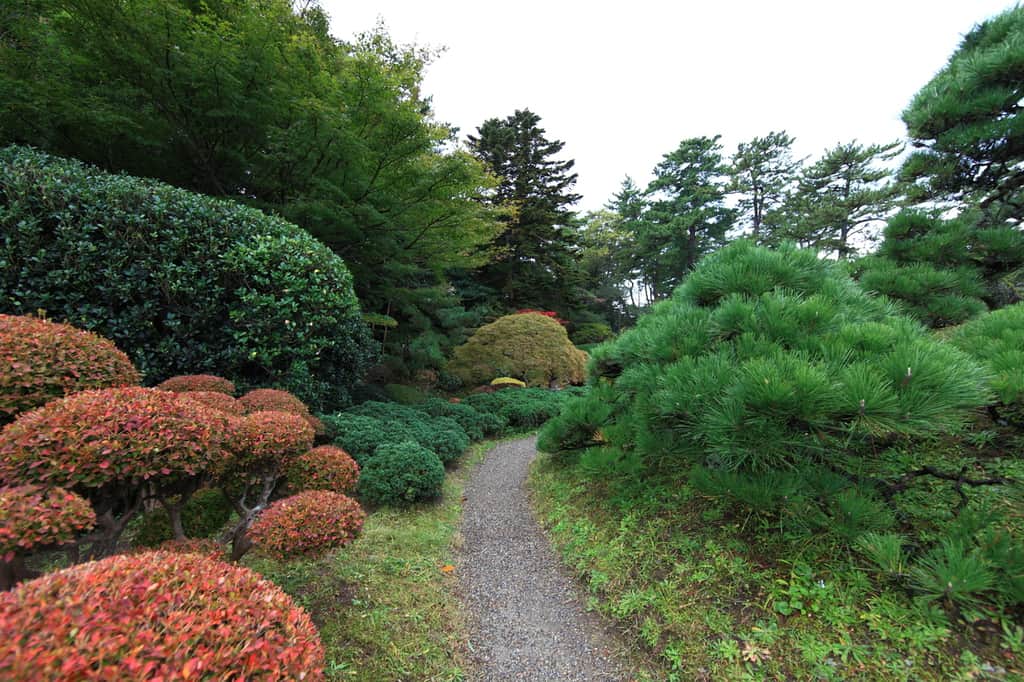
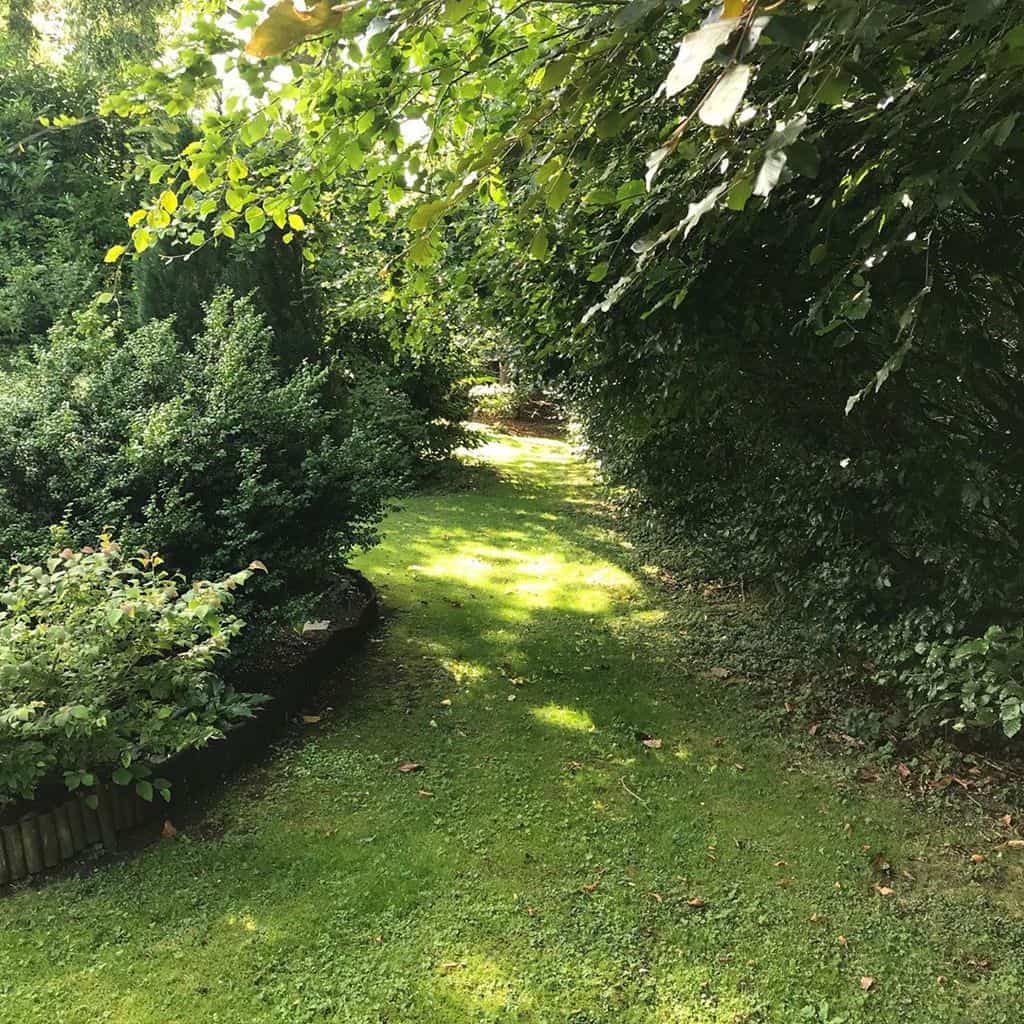
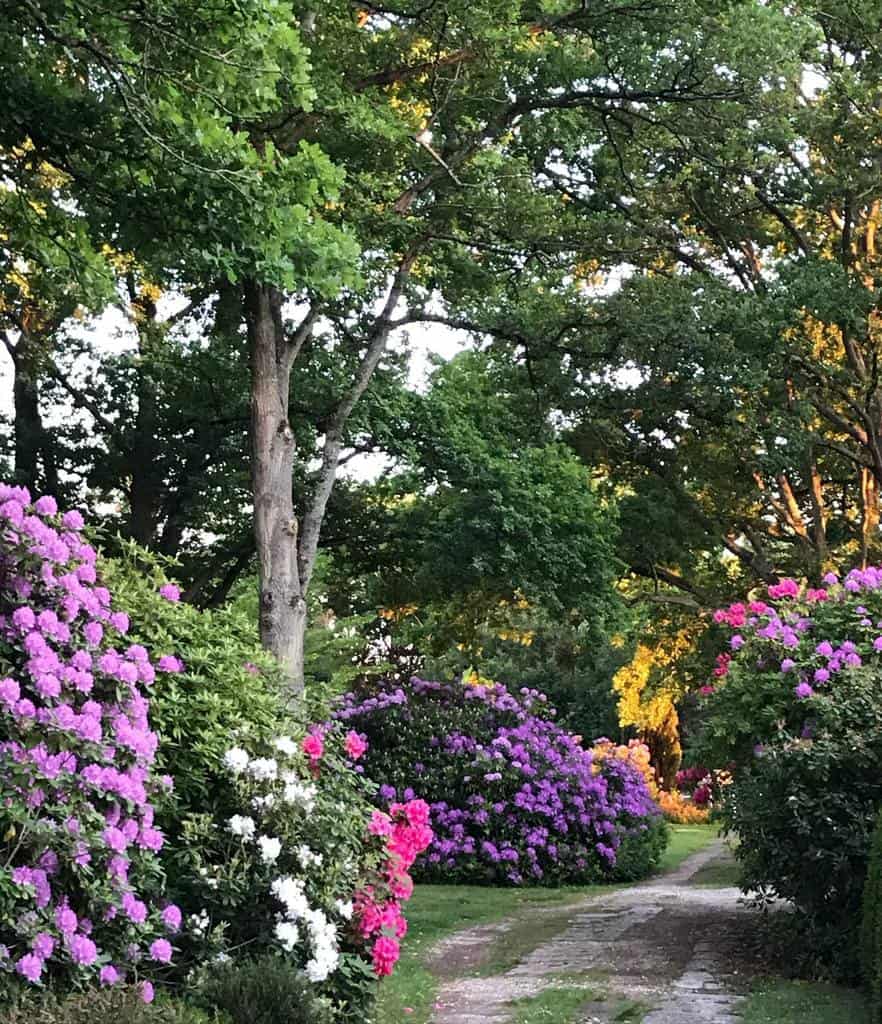

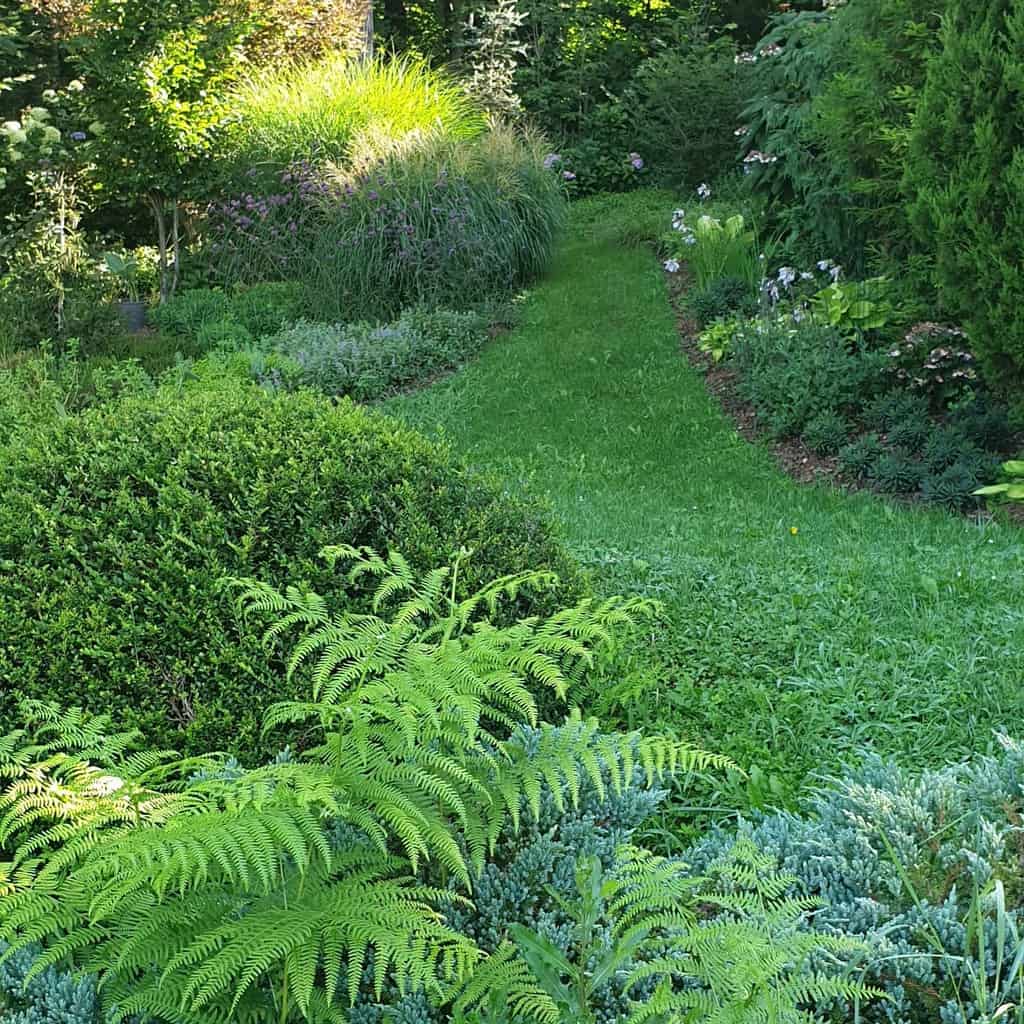

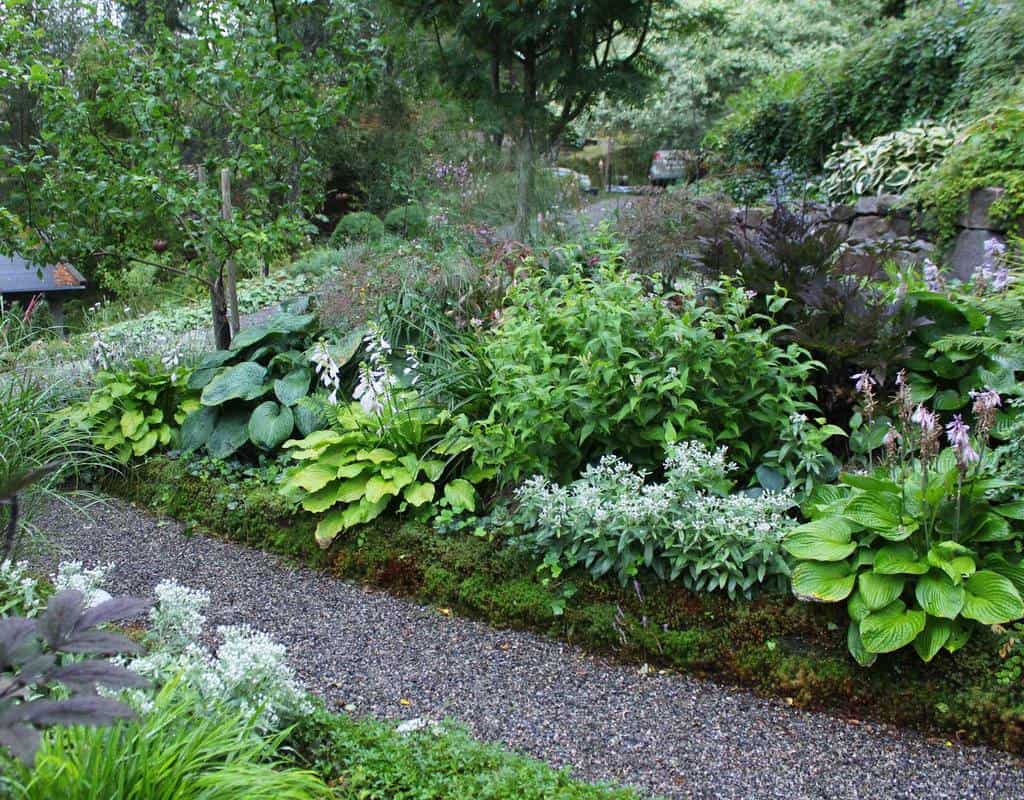

See more about - 83 Patio Garden Ideas
Shade Garden FAQs
What are the best plants for a shade garden?
Shade gardens offer a unique opportunity to cultivate a diverse range of beautiful plants. Some of the top choices for shaded areas include hostas, ferns, astilbes, heucheras, and bleeding hearts. These plants are known for their adaptability to low-light conditions and can thrive under the canopy of trees or in other shaded areas of your garden. Be sure to consider the specific light requirements of each plant species to create a harmonious shade garden.
Can I grow vegetables in a shaded garden?
While many vegetables thrive in full sun, there are some that can be cultivated in partial shade. Leafy greens like lettuce, spinach, and kale, as well as root vegetables like radishes and beets, can tolerate lower light conditions. However, it’s crucial to provide them with at least a few hours of dappled sunlight for better yields. Consider planting these vegetables on the edges of your shade garden, where they can receive a bit more sunlight.
What are some design tips for a visually appealing shade garden?
Creating an attractive shade garden involves thoughtful design. Start by varying the heights and textures of plants to add visual interest. Combine foliage colors, from deep greens to variegated leaves, to create contrast. Incorporate shade-tolerant flowering plants for pops of color and utilize hardscape elements like decorative stones or pathways to enhance the overall aesthetic. Experiment with different plant combinations and arrange them in clusters to create focal points within your shade garden, making it a captivating and inviting space.



